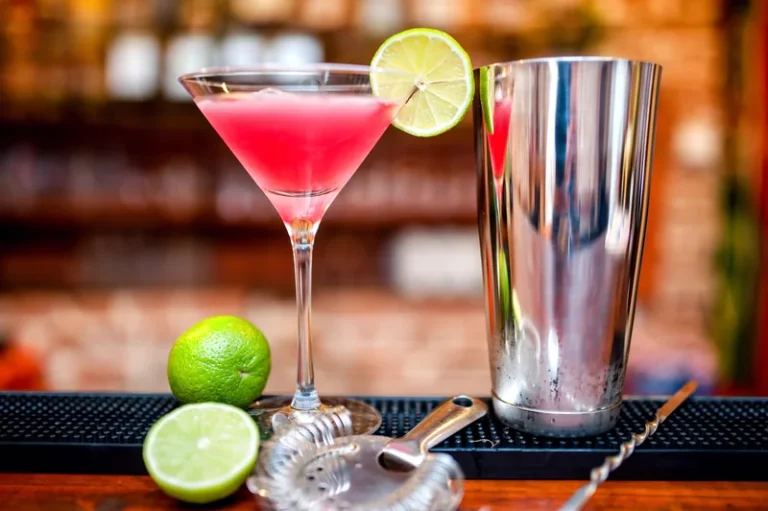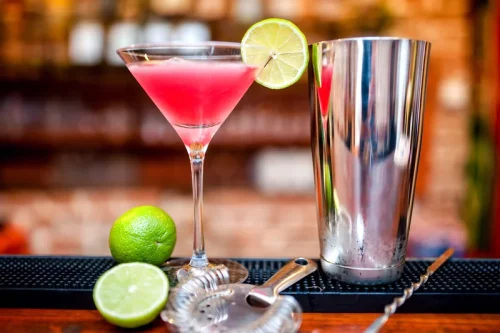Relationship between alcohol and primary headaches: a systematic review and meta-analysis

In this article, we will explore everything you need to know about alcohol-induced headaches, from understanding why alcohol abuse causes headaches to learning how to reduce their severity. It can’t prevent a migraine, but it can help stop one after it starts. Triptans work best when you take them at the early signs of a migraine. Stop drinking completely when you’ve reached your limit (or before then). Drinking dark liquors (such as whiskey) tends to lead to more severe hangovers due to chemicals called congeners in the drinks.
Gender and body weight

Since every person is different, it helps to hear what tactics (not necessarily evidence-based) help others. In other words, the only real way out of a hangover is through. Excessive drinking has numerous impacts on your body and mind, ranging from mild to severe. Learn which signs to look out for, and how to care for your well-being. People who cannot stop drinking should talk with a doctor about treatment for alcohol use disorder, which is a serious but treatable condition. Headaches, including migraine, are treatable with the right combination of medication and lifestyle adjustments.
Chemists Solve ‘Millennia-Old Mystery’ of Cause of Red Wine Headaches

A viral or bacterial sinus infection causes a sinus headache and includes other symptoms, such as thick, discolored nasal discharge, facial pain and pressure, and fever. It is often described as a pain, unlike anything the person has felt before. The pain can occur anywhere in the head and down the back of the neck.
- We also examine the types of headache alcohol can trigger and the types of alcohol likely to cause more headaches.
- Similarly, common beliefs may influence patients habits, e.g., the conviction that “red wine causes migraine”, even if studies present conflicting evidence 80, 81.
- Or you might be fine until after your blood alcohol level returns to normal.
- About 40% of the East Asian population also has an enzyme that doesn’t work very well, allowing acetaldehyde to build up in their system.
- While people who have these headaches report a connection to alcohol, there’s no real consistency in how alcohol causes these headaches to develop, according to studies that have been done.
What Alcohol Causes the Most Headaches and/or Migraine Attacks?

Before consuming a cocktail, ask yourself if it is worth developing a headache over and ruining your celebration or what causes headaches from alcohol holiday. You could get a headache within 30 minutes to 3 hours of drinking. Some people only sip a glass or two of wine before their head starts to throb. You might have heard that red wine is most likely to cause problems.
- Not everyone feels the same effects of their drinking the morning after.
- 2021 research also linked lifestyle factors with alcohol drinking and smoking to cluster headaches and their severity.
- The datasets generated and/or analysed during the current study are available from the corresponding author on reasonable request.
- However, these headaches can average from a few hours to a few days.
- However, the type of alcoholic beverage that triggers these headaches is not clear.
- Learn which signs to look out for, and how to care for your well-being.
Relationship between alcohol and primary headaches: a systematic review and meta-analysis

It has been proved that self-reported alcohol consumption by patients can be underestimated; therefore, more reliable methods such as toxicological hair analysis may help to provide stronger evidence 91. Of the studies included in our analysis, 19 were based only on questionnaires while five included interviews with patients. However, these limitations are to some extent discounted by the number of studies included and the cultural diversity of participants. Due to the inclusion of many study designs, the risk of bias was evaluated using tools adjusted to the type of study. The Joanna Briggs Institute (JBI) critical appraisal tools were used for cross-sectional, cohort and case control studies 63.
- Taking over-the-counter pain relievers and staying hydrated may help get rid of a hangover headache.
- Oral rehydration solutions contain the correct amounts of glucose and electrolytes to help a person rehydrate more quickly.
- Take a 200- to 300-milligram (mg) NAC supplement at least half an hour before you start drinking.
- Migraine episodes can be a periodic inconvenience, or they can be debilitating.
